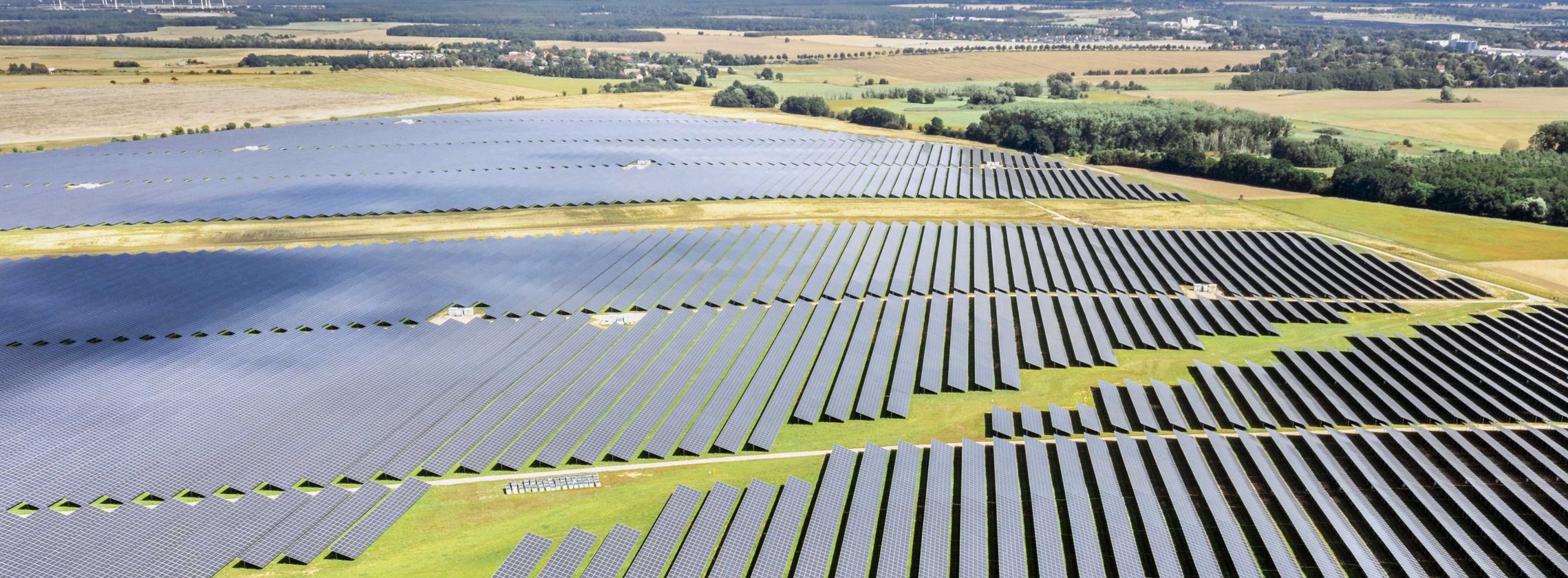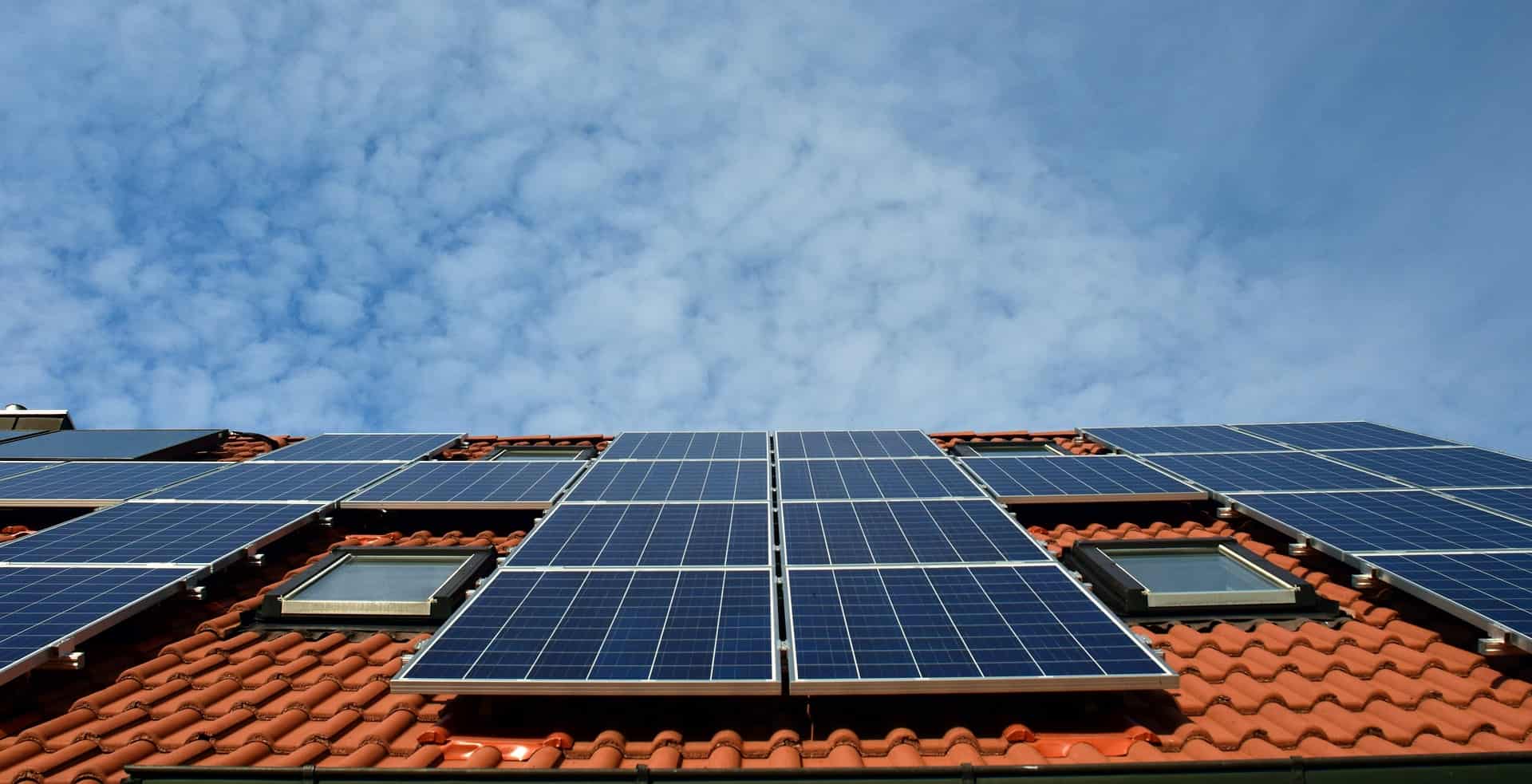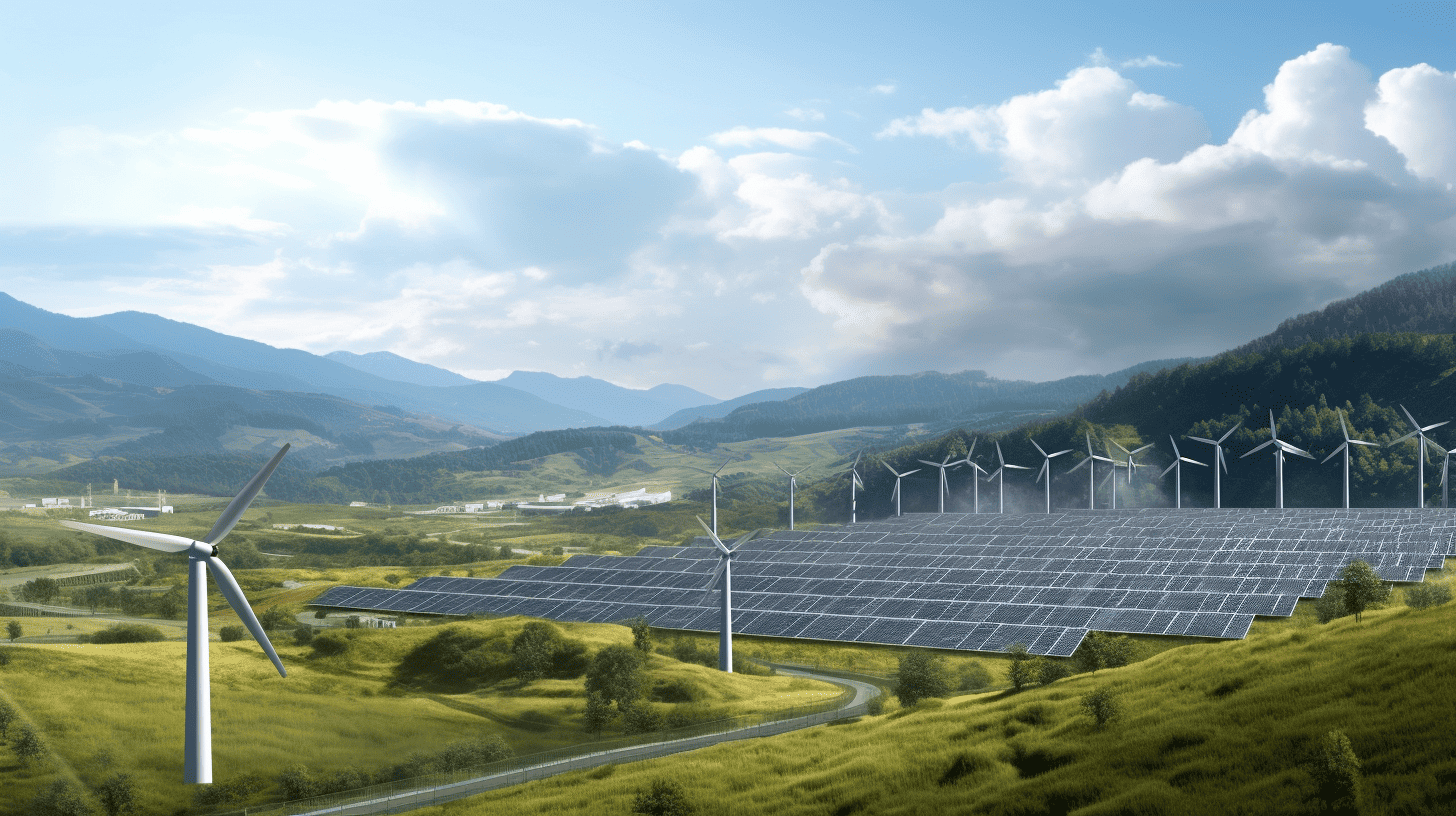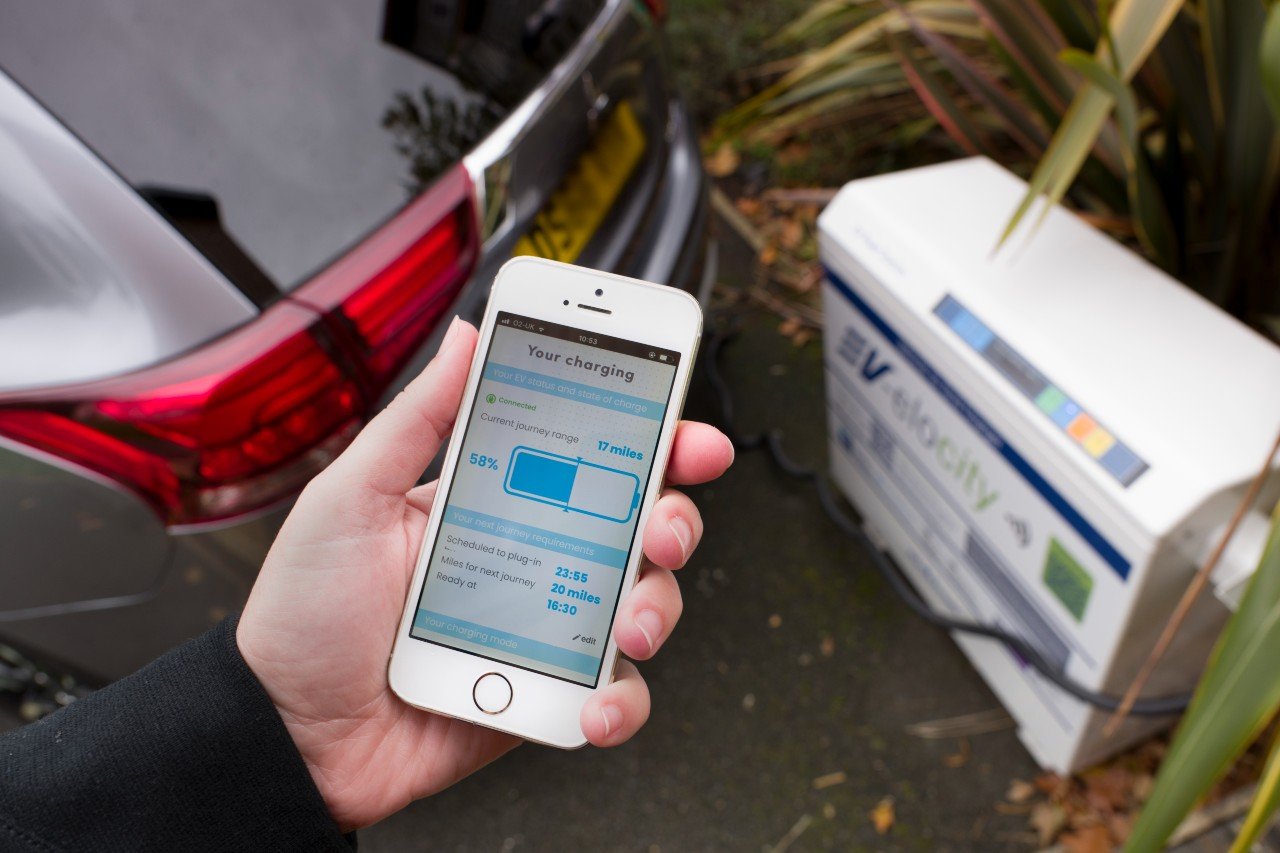
Europe’s solar energy industry reached a new high, setting up an impressive 56 gigawatts in 2023. Falling wholesale electricity prices and issues with permits and grid connections are making it harder to keep growing. Solar capacity in the EU has jumped by 27 percent to 263 gigawatts. The EU’s goal is 600 gigawatts by 2030, which looks achievable given these numbers.
Why you need to know this:
Rapid solar expansion transforms energy economics, driving the transition ahead of policy milestones.
Europe’s solar surge: a record-shattering year
Europe’s commitment to a sustainable future has never been clearer. In 2023, the continent added a staggering 56 gigawatts (GW) of solar capacity. To put that into context, this amount of energy is roughly equivalent to the output of four modern nuclear power plants. The surge in solar installations has propelled the European Union’s total capacity to an impressive 263 GW, marking a 27% increase from the previous year. This rapid growth has been largely catalysed by the energy security concerns arising from the Ukraine crisis, which have underscored the need for renewable energy sources.
Germany has led the charge, installing 14 GW in 2023, with Spain and Italy following closely behind. These numbers are not just statistics; they represent a fundamental shift in the way Europe powers its homes, industries, and economies. The continental goal of reaching 600 GW by 2030 now seems within reach, especially considering the current trajectory of growth and technology advancements.
Challenges ahead: growth projections and the reality
Despite the achievements, the solar industry faces challenges that could potentially slow its pace. SolarPower Europe has forecasted a dip in the growth rate by 24% in 2024 and 23% in 2025. Factors such as weaker wholesale electricity prices, and logistical hurdles in acquiring permits and grid connections, have been cited as the main causes for the anticipated slowdown.

However, history suggests a note of caution when digesting these projections. Past predictions have consistently underestimated the rate of solar adoption. The plummeting costs of solar photovoltaic (PV) modules, which have seen a 99% decrease over the last four decades, have made solar the most economical form of electricity in many regions. This price revolution has consistently outpaced expert forecasts and could continue to do so.
The economics of solar: a competitive edge
The economic argument for solar is compelling. With module prices hitting record lows, PV technology is now the clear frontrunner on cost. This is not merely a temporary market anomaly; it is a reflection of significant advancements in technology, economies of scale, and supportive government policies.
Moreover, the cost of generating solar PV electricity is projected to fall by another 60% by 2040, making it the most affordable method of electricity production for most regions. Such economic incentives are bound to stimulate further growth, despite the current challenges.
While the industry might face headwinds, the overall trajectory for solar power in Europe is one of optimism. The sheer scale of the growth, with the addition of 56 GW in a single year, has outpaced traditional energy discussions. This rapid expansion indicates that solar has the potential to outpace other energy forms by orders of magnitude, considering that building a single nuclear power plant can take anywhere between 12 to 25 years.
It’s essential to recognise that to remain on track for the 2030 target, adding 48 GW annually is sufficient. Given the growth market solar represents, this target is well within the realm of possibility. The European solar industry, even with its current challenges, seems poised to continue its trajectory of growth, potentially eclipsing the more conservative estimates yet again.
The workforce and manufacturing evolution in solar sector
Europe is not just investing in solar panels; it’s investing in people and production. The solar sector’s rapid expansion has necessitated a corresponding growth in its workforce. SolarPower Europe estimates that the industry will need to employ one million people by 2025, up from around 648,000 in 2022.
On the manufacturing front, Europe is striving to meet its ambitious REPowerEU targets, with the inverter manufacturing sector capable of producing 82.1 GW annually. However, less than 2% of Europe’s current demand for solar could be met with domestically produced solar PV, indicating a significant gap that needs to be bridged.
Adapting to the solar revolution
As Europe adjusts to this solar revolution, it is crucial to smooth out the regulatory landscape. SolarPower Europe has called for improvements in planning and permitting procedures to diversify the continent’s solar supply chain and develop the European manufacturing sector. Addressing these issues could accelerate the already impressive growth rates.
Moreover, the European solar sector’s shift has been towards a balanced mix of utility-scale and residential solar, contributing significantly to the overall capacity. Such diversification ensures that solar energy is not just a large-scale industrial solution but a versatile source of power that can be harnessed by individual homeowners and communities alike.








